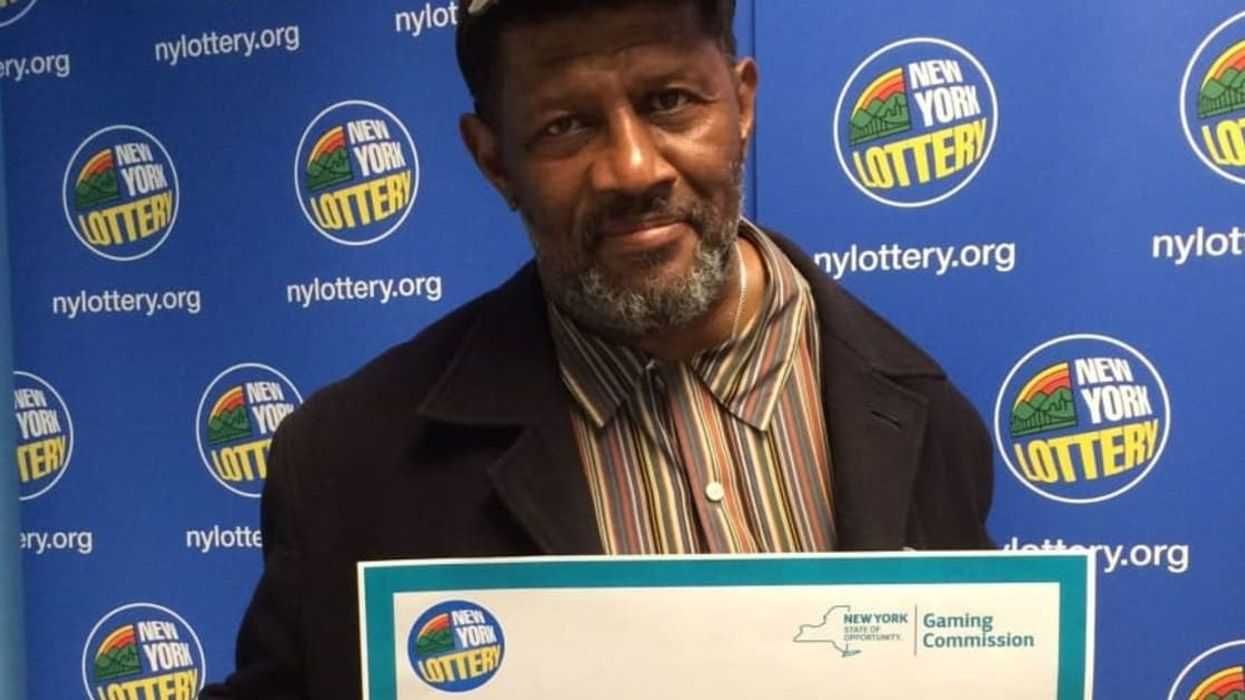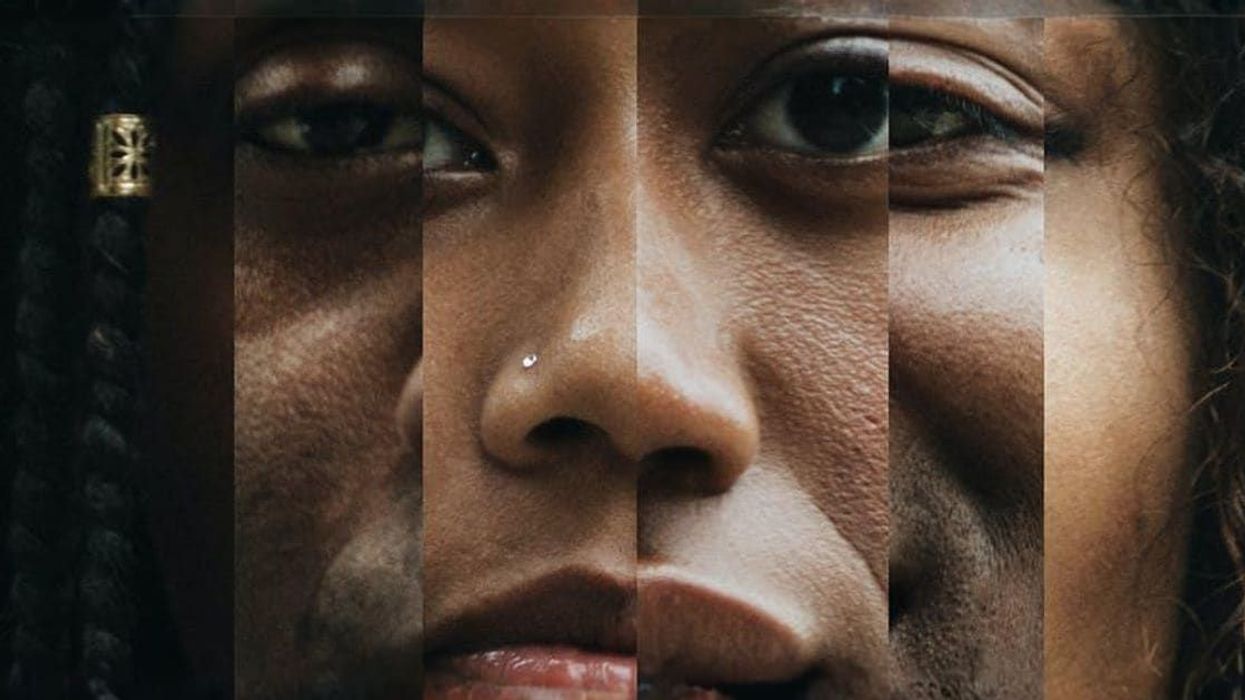You may have already heard about Strike Debt, the new offshoot of Occupy Wall Street that aims to buy and forgive personal debt. If not, you have now, because it’s pretty much that simple: Strike Debt takes direct action against individuals’ debt by buying it on the open market for pennies on the dollar and then simply writing it off. It’s a symbolic act, meant to draw attention to the massive amount of debt Americans are saddled with. But it also has the very real effect of relieving actual people of their financial obligations. One organizer, NYU professor Nicholas Mirzoeff called it “a purely altruistic gesture.”
The “radical” thing about the Strike Debt movement is simply the assertion that debt is a bad thing—that the simple fact of owing money prevents people from progressing through their lives the way they might be able to if they were free from financial burden, and that the best way to help them is to relieve that burden. Once you make that moral decision, taking action against debt is simple—if you know how to do it.
Occupy Wall Street’s debt resistance movement had for some time been tossing around the idea of buying debt and forgiving it, Mirzoeff explained, but nobody quite knew how to start the process. “Then into an assembly we were holding in Washington Square Park walks a young man called Thomas Gokey, and he had actually figured out the key piece of this, which is the very secretive mechanism of how this stuff is marketed, and more importantly than that, he had cultivated some connections with people in the market who were willing to help him figure it out.”
Gokey, an artist and teacher, had made inroads with professional debt buyers, who were surprisingly willing to help him purchase secondary debt for the purposes of forgiving it. “I said, look, we’re revolutionaries, you might not like what we’re trying to do,” he told The New York Times. “And they said, ‘Well, I’ve got kids; they’re going to college; they’re winding up massively in debt.’ So they said they’d be happy to help us get started.”
Those debt buyers may have been sympathetic because of their kids, but Strike Debt isn’t going to erase their kids’ debt—at least not yet. As Strike Debt’s fundraising arm, Rolling Jubilee, explains on its website, the majority of student loans are guaranteed federally. “Student debtors can rarely discharge their loans in bankruptcy and lenders have rights to garnish wages and social security payments,” so the loans don’t go up for sale on the open market.
Instead, Mirzoeff explained, Strike Debt is focusing on medical debts first. “There’s no kind of medical debt that could be considered morally questionable,” he said. The theory is that all debt is bad, but if you owe medical bills it’s probably because you got sick or had an accident, not because you bought a new television and then couldn’t afford it. “One thing we’ve discovered from this is that the debts that are in collection are not enormous. They’re medical bills for $500, $800, where somebody had an accident and just couldn’t pay it.”
But why is debt forgiveness—even medical debt forgiveness—better than simply giving people money? “Given two struggling families, one of which is indebted and one of which isn't, it's not clear why you'd think that the family that's borrowed heavily in the past is more worthy of assistance,” Matt Yglesias wrote last week in Slate. That’s where random altruism comes in.
For one thing, explained Mirzoeff, there’s a multiplying effect to debt relief, which means your charitable dollars go farther. Because debt is sold for pennies on the dollar, your $5 can wipe out, say, $100 worth of medical debt. For another thing, there’s no way to know whose debt you’re buying when you buy debt.
“We don’t know the people whose debt we’re forgiving. It’s a purely altruistic gesture. I don’t think we could hold, say, a lottery, to give out money,” Mirzoeff said. Once they buy the debt and learn who carries it, Strike Debt sends the debtor a certified letter saying the debt has been forgiven. If they want, the debtor can decline to have his debt paid, but so far nobody has.
So what’s the end game here? Does strike debt really think it can wipe out the $11 trillion or so in consumer debt Americans owe altogether? It’s hard to know exactly how much medical debt Americans carry, but according to a 2007 study in the American Journal of Medicine, 62 percent of bankruptcies have a medical cause, so we know it’s significant.
“All of this is symbolic, because the ocean of debt that’s out there is endless. What we have to do is create a national awareness,” Mirzoeff said. That part is working. Rolling Jubilee had originally set itself a goal of raising $50,000, but at the time of this writing they’ve raised $294,422, to wipe out $5,893,271 in debt. It’s still a drop in the bucket, but it’s making waves.
















 Otis knew before they did.
Otis knew before they did.